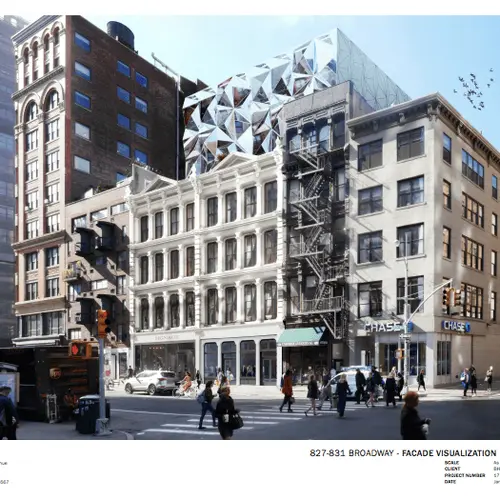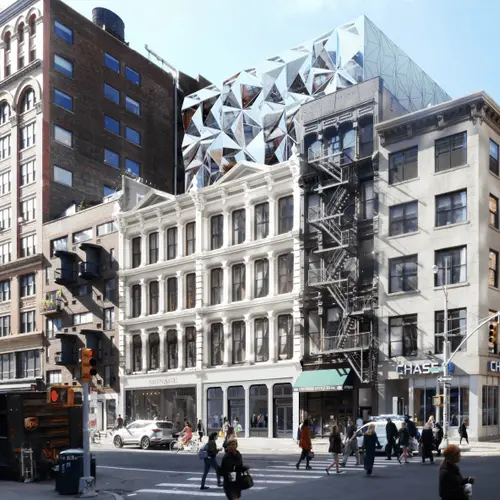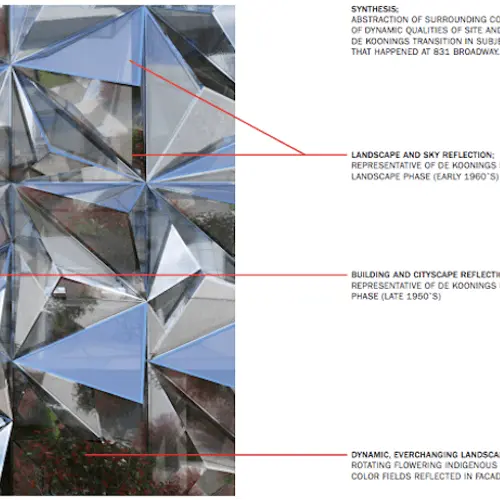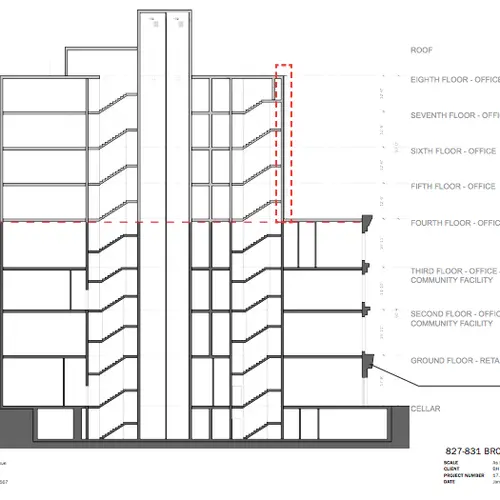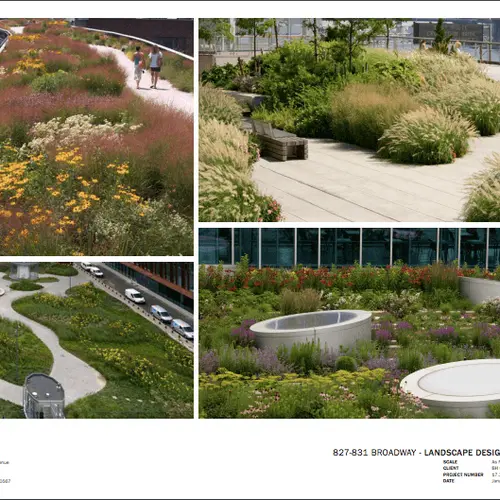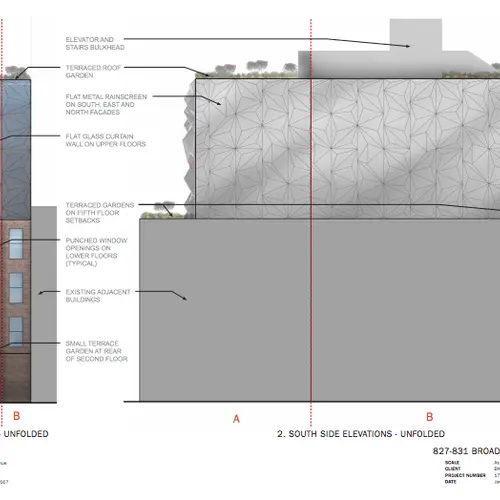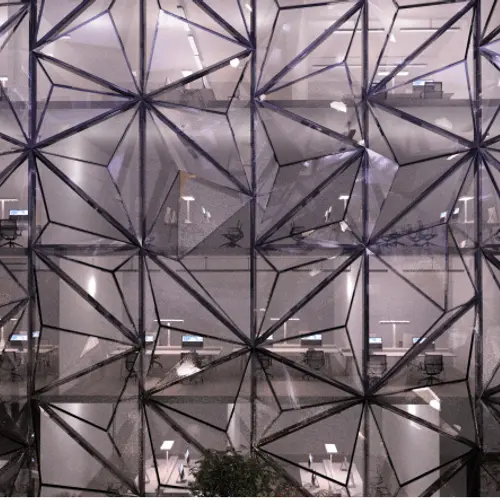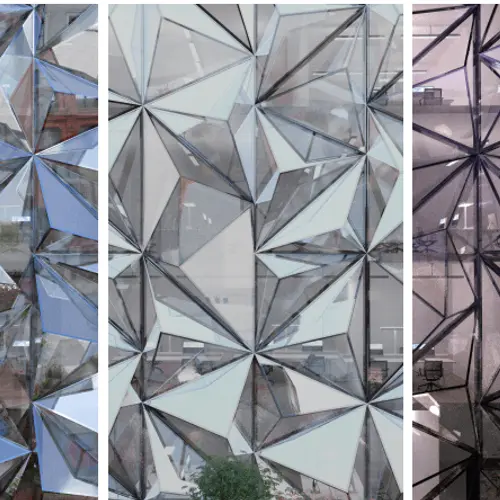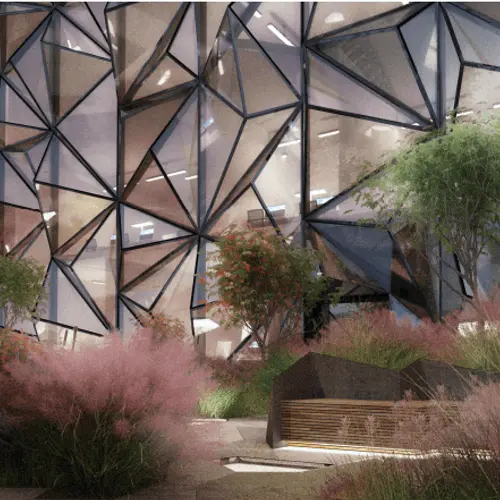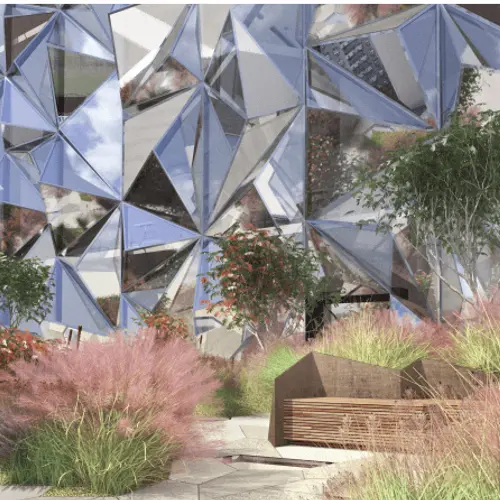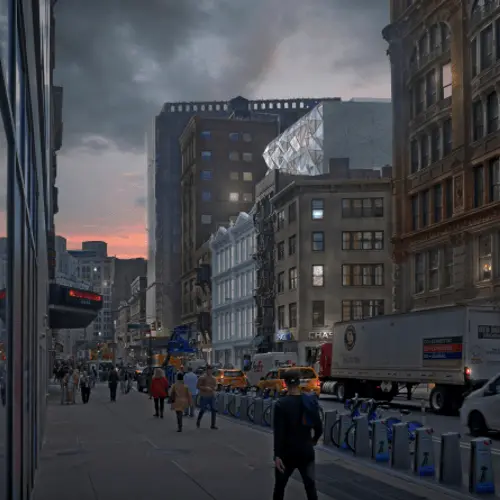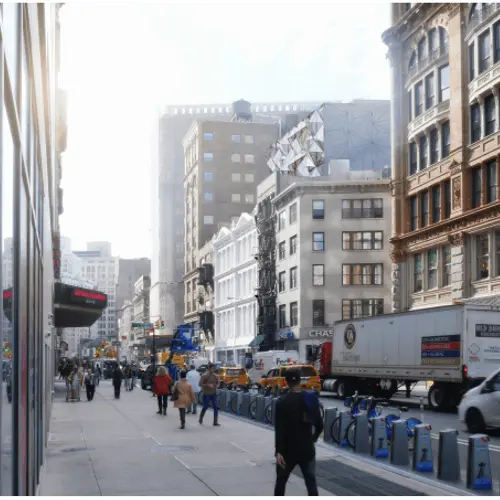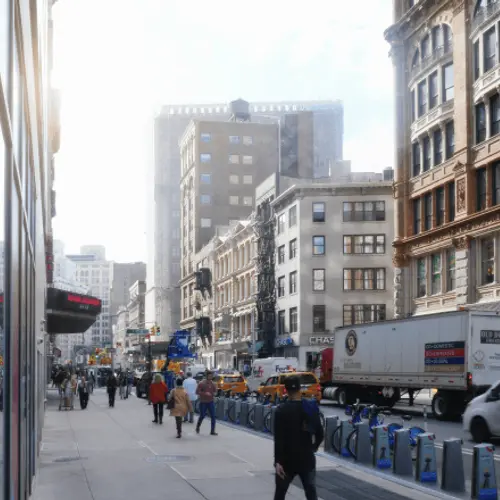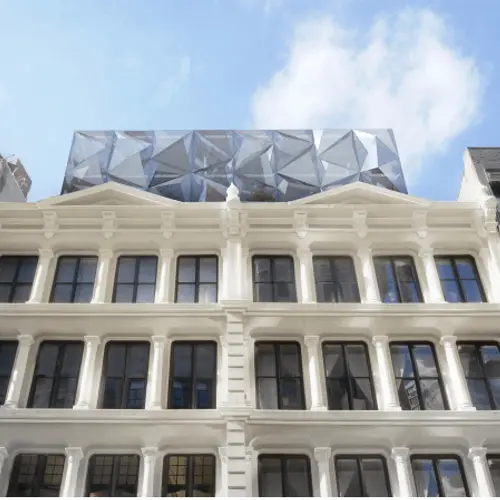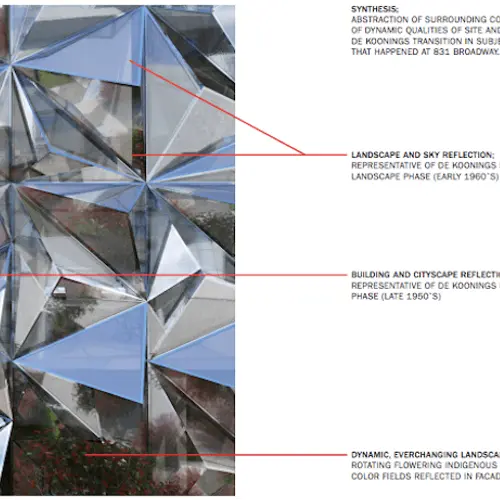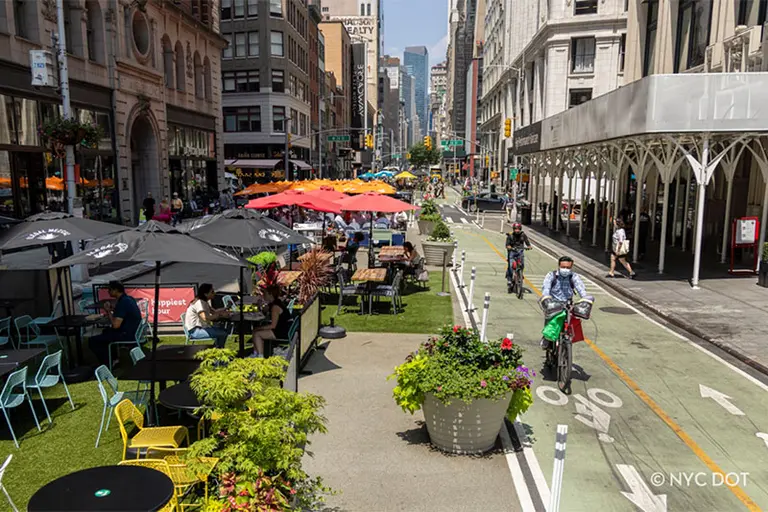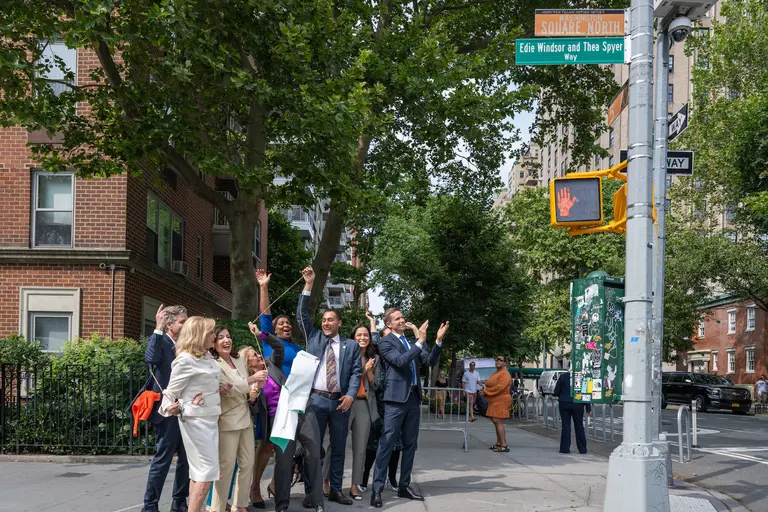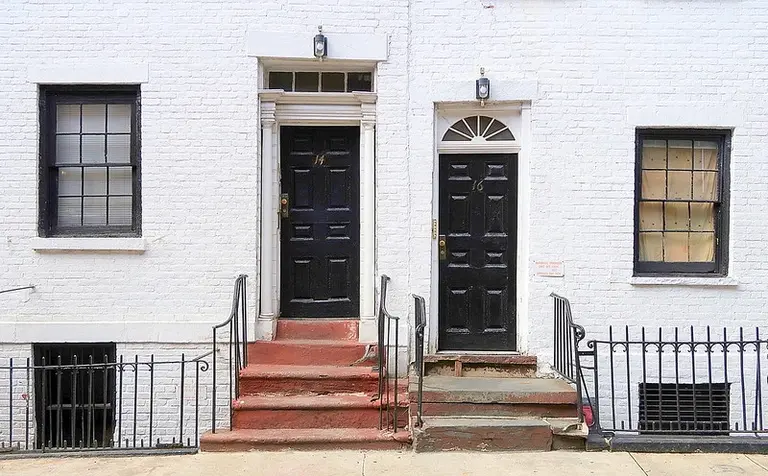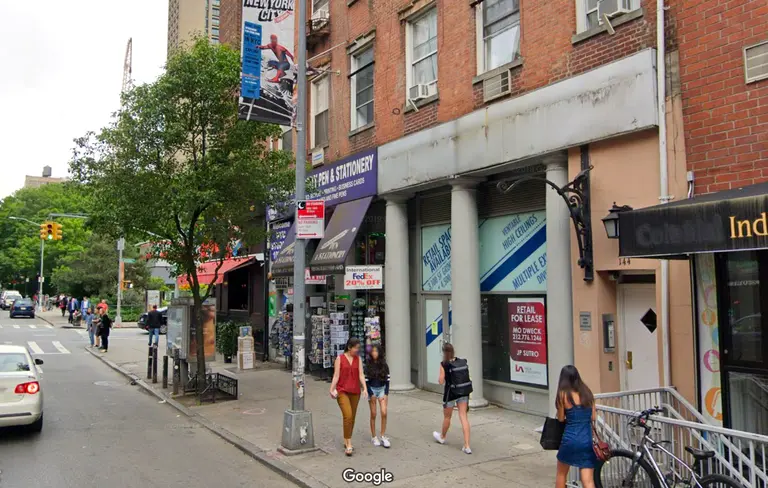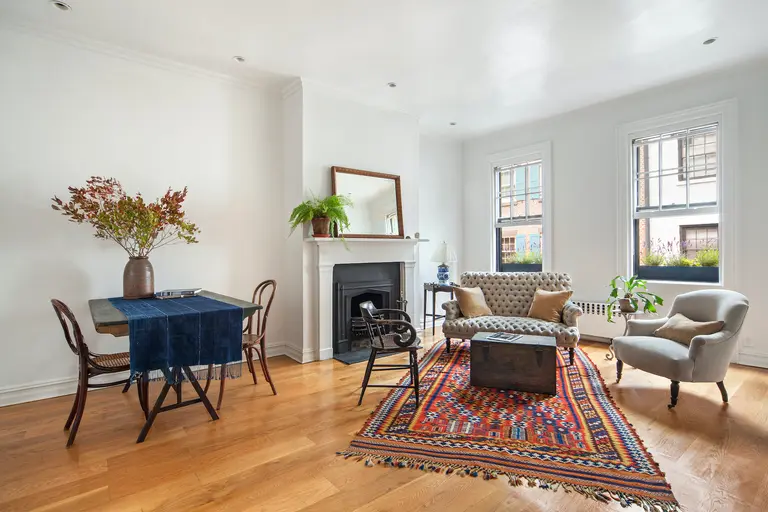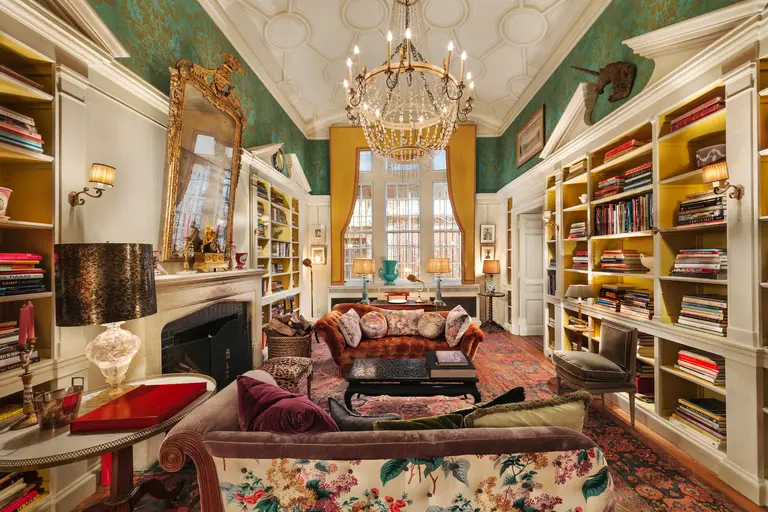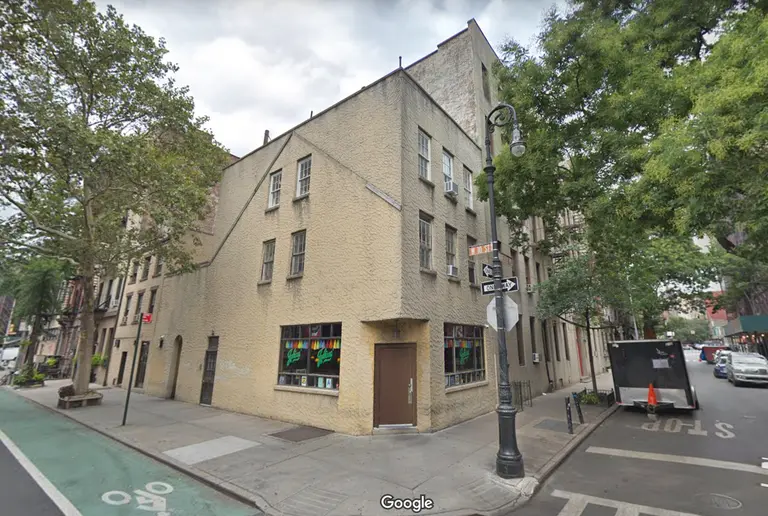LPC sends glassy addition to Willem de Kooning’s former Union Square loft back to the drawing board
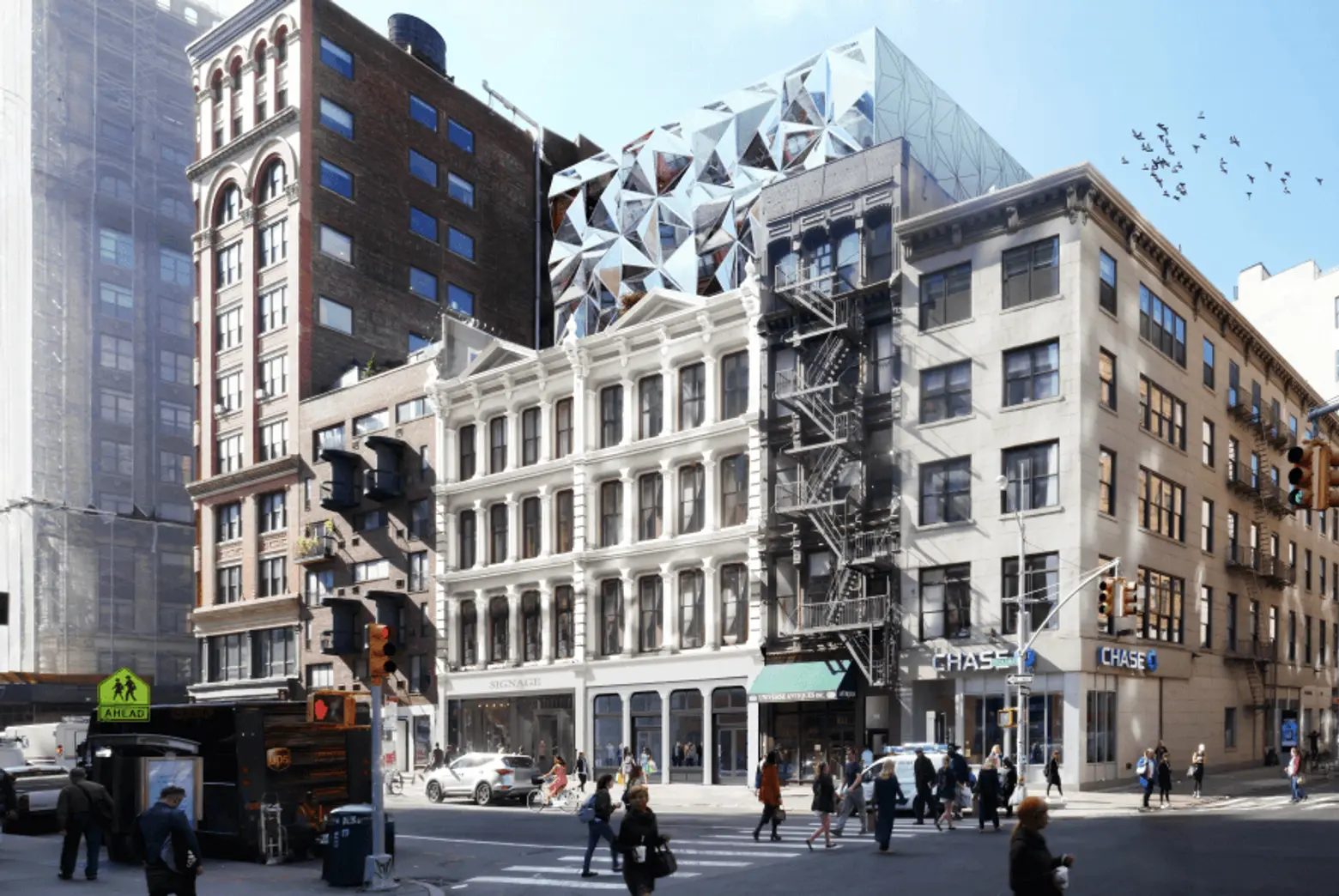
Back in November, the developer/owner of a pair of newly-landmarked buildings at 827-831 Broadway–noted for their cast-iron architecture and a rich cultural history that includes serving as home to artist Willem de Kooning—submitted a proposal for a four-story prismatic glass addition and landscaped roof terrace that architects DXA Studio say was influenced by de Kooning’s work. Yesterday, the Landmarks Preservation Commission received the proposal with mixed reviews, feeling skeptical about whether or not cultural events should influence a building’s architecture. After hearing testimony from a slew of local residents and preservationists who feel the glass topper is too large, the LPC decided to take no action on the plan, instead sending the team back to the drawing board to better detail the restoration aspects and reconsider the addition as perhaps shorter and further setback.
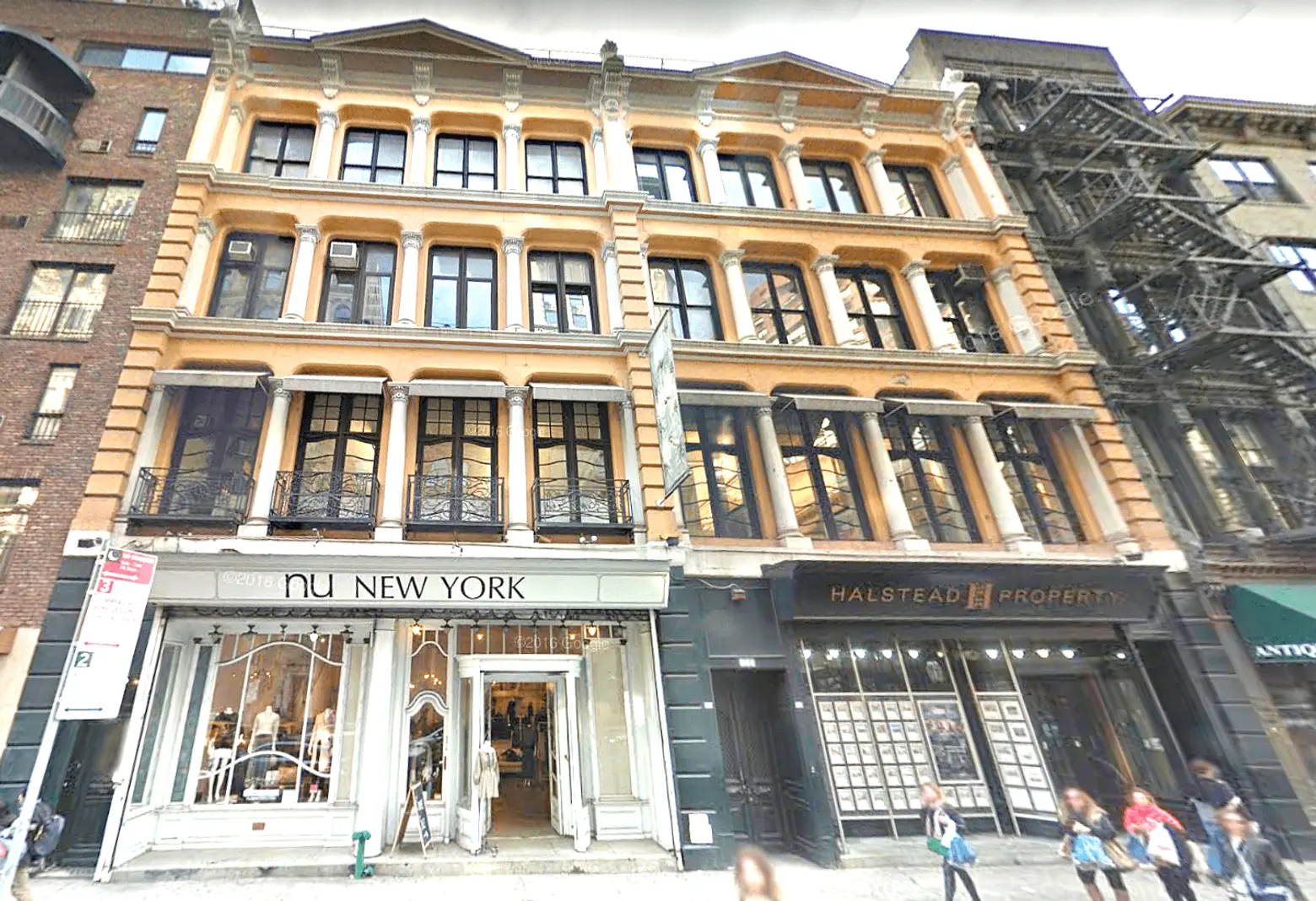 Current view of the buildings via Google Street View
Current view of the buildings via Google Street View
Andrew Berman of the Greenwich Village Society for Historic Preservation referred to the addition as “overwhelming in comparison to the building,” as it would nearly double its height. As he previously explained for 6sqft:
In August 2015, the buildings were acquired for $60 million by real estate investors Samson Klugman and Leo Tsimmer of Quality Capital and Caerus Group respectively. This corridor south of Union Square has recently become the epicenter of new tech-related development in New York, and Klugman and Tsimmer sought to cash in on the trend. When they filed plans to demolish the building and replace it with a 300-foot-tall retail and office tower, GVSHP submitted an emergency request to the Landmarks Preservation Commission to landmark the buildings.
This initial request for landmark status was denied, but the LPC reversed this decision due to the role the buildings played in the post-WWII art scene. But at the hearing, the developers seemed irked by the reversal, saying that it caught them off guard and that the LPC “pulled the rug” from under them once they’d already begun the project.
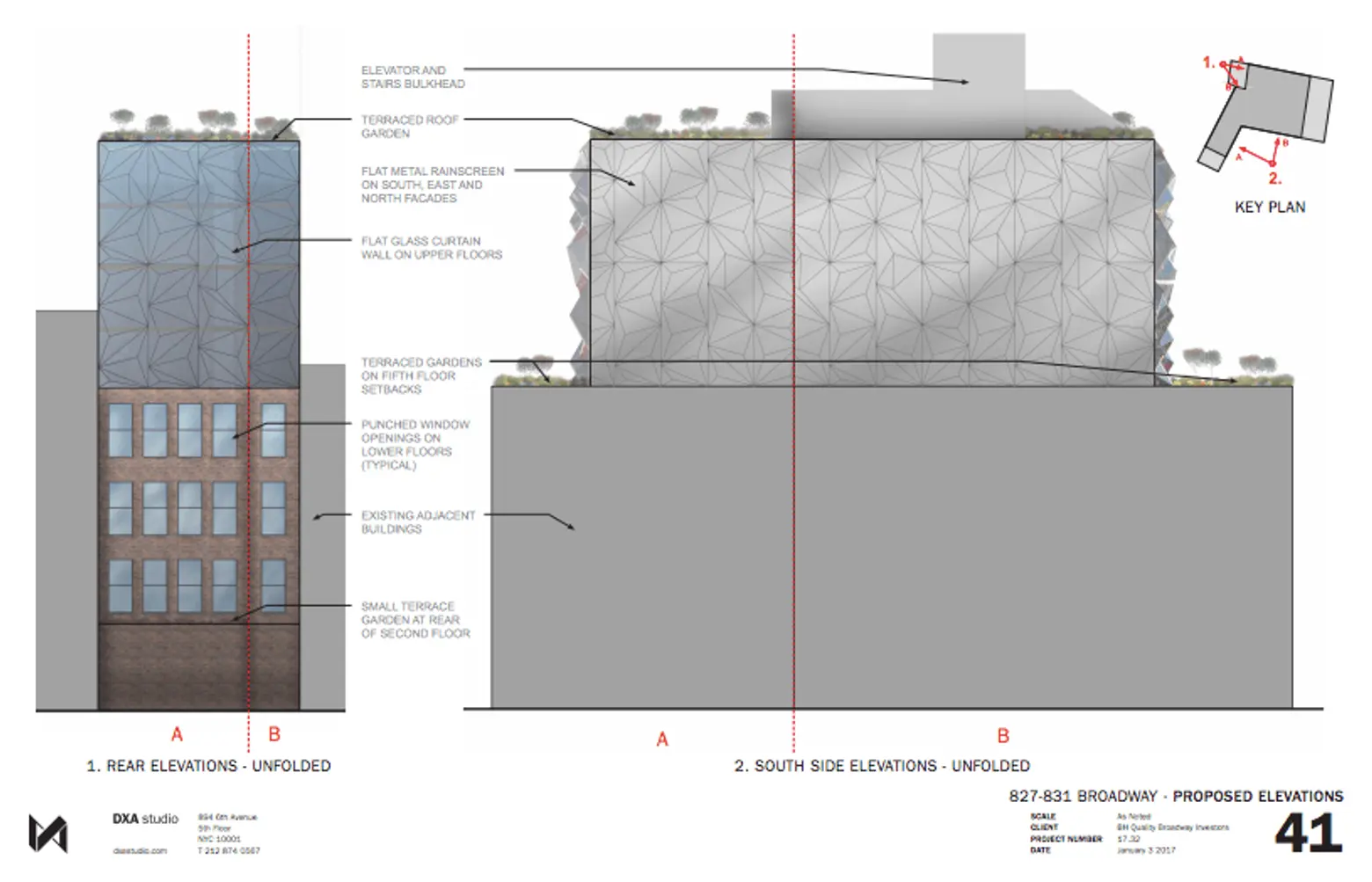
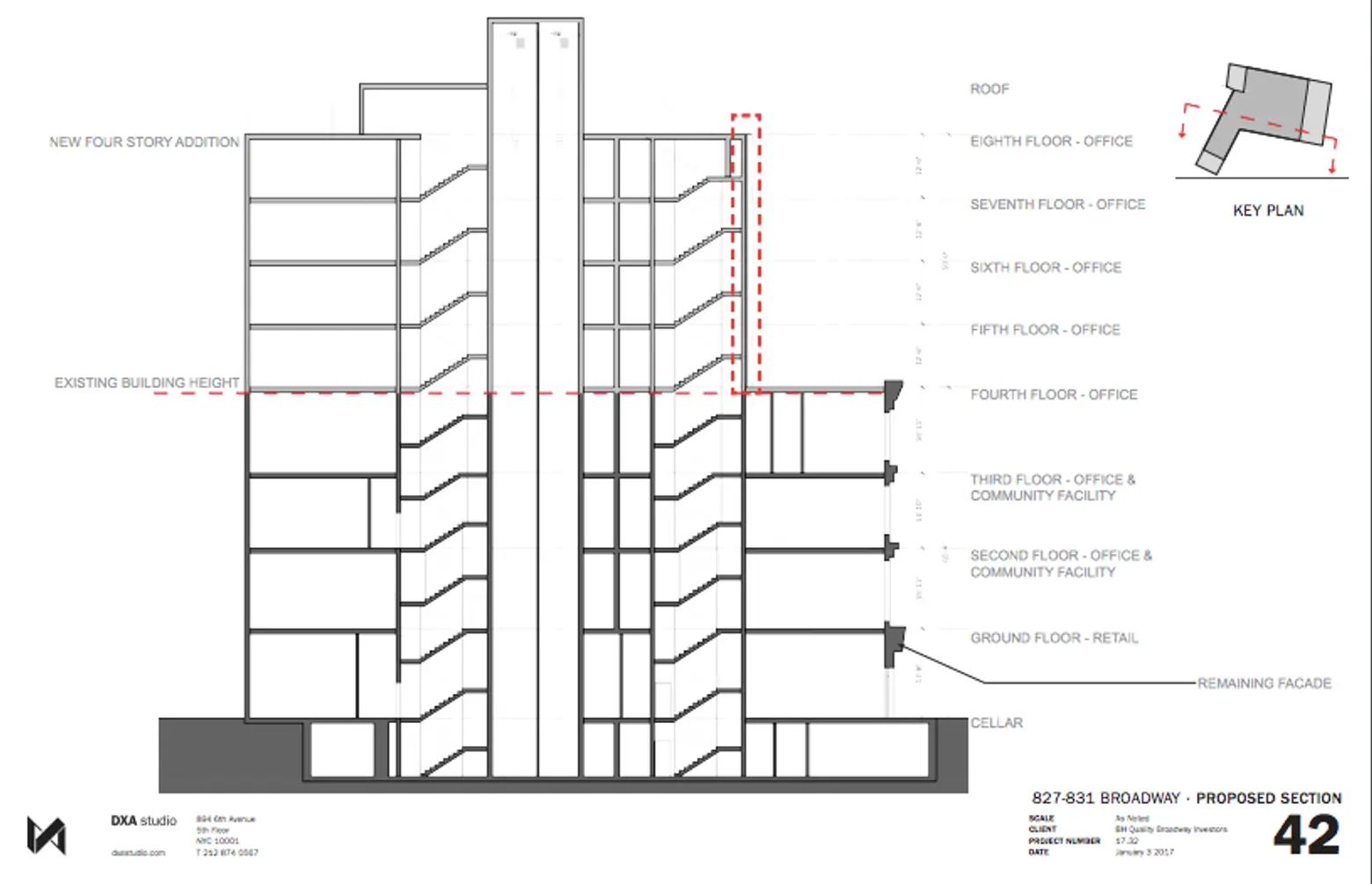
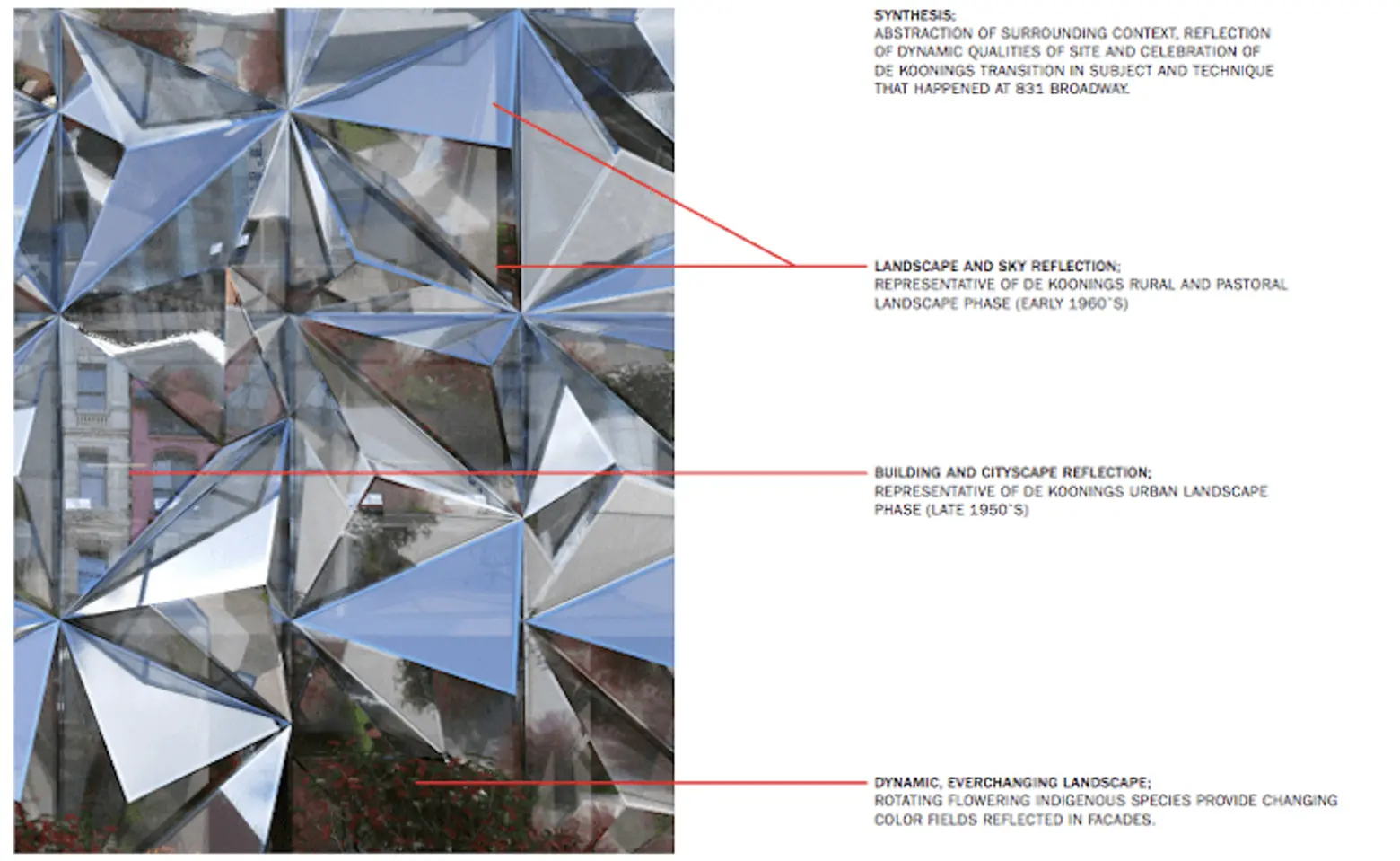
In addition to de Kooning, other notable residents have included artist Elaine de Kooning, abstract expressionist painters Larry Poons and Paul Jenkins, former Director of the Department of Painting and Sculpture at MoMA, William S. Rubin and abstract expressionist artist Jules Olitski.
The architects at DXA Studio say the glassy topper’s reflectivity represents two phases of de Kooning’s work–his 1960s rural and pastoral landscapes as seen through the reflection of surrounding plantings and his late 1950s urban landscapes through the building reflections–and that it “celebrates the magic that happened within the walls of the building while preparing it for its next life.” The team refers to the building as a “cultural landmark,” and therefore wanted to create something that would generate civic pride and make people aware of the site’s history. They even are considering an interactive plaque to show the history of the building and the artists who lived there.
But GVSHP takes issue with the self-imposed cultural designation. In an email, Berman wrote that the developer is claiming that because it’s a “cultural landmark only” it “does not warrant the same type or level of consideration regarding changes to the building that other landmarks do – a patently false claim.”
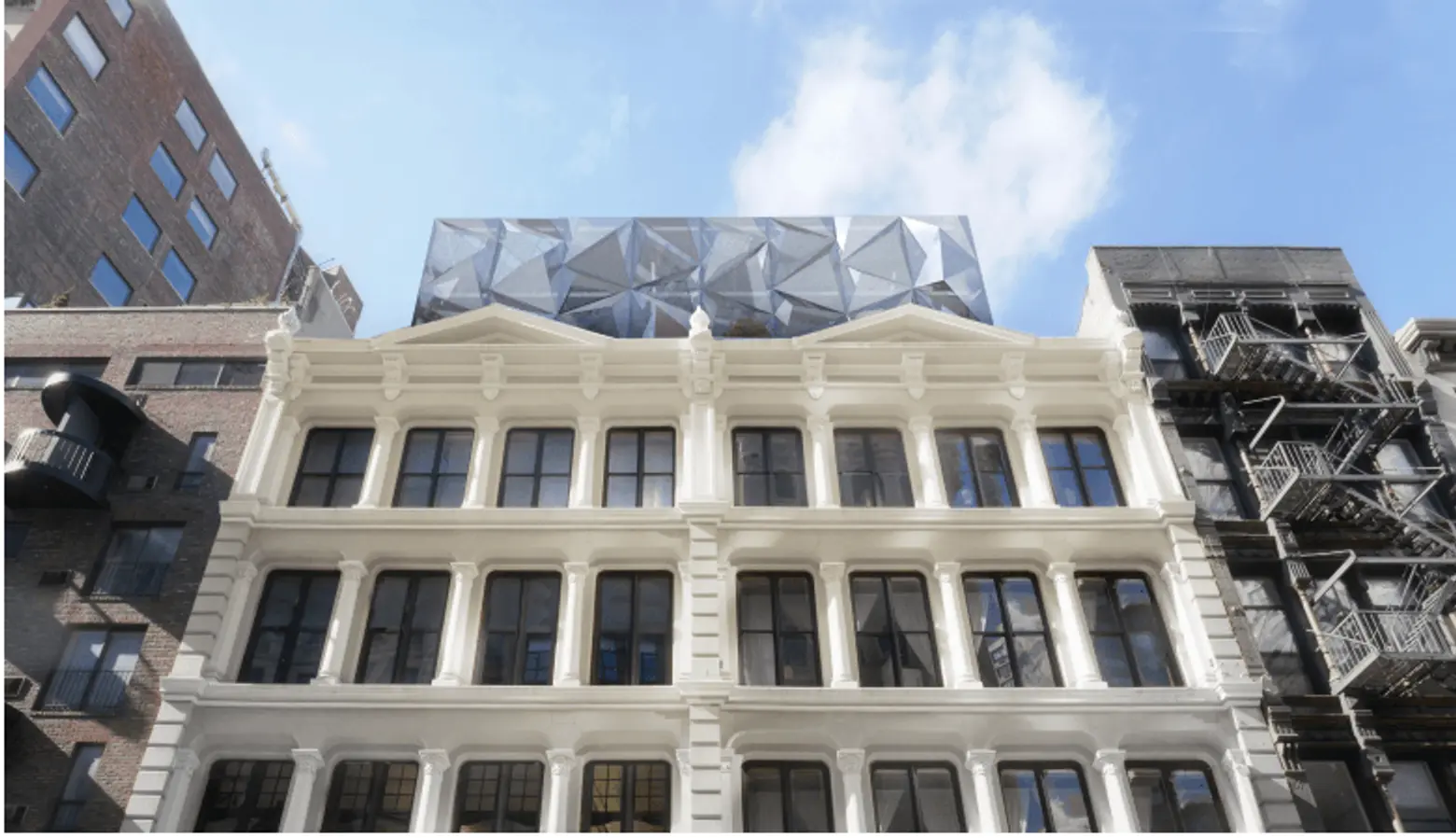
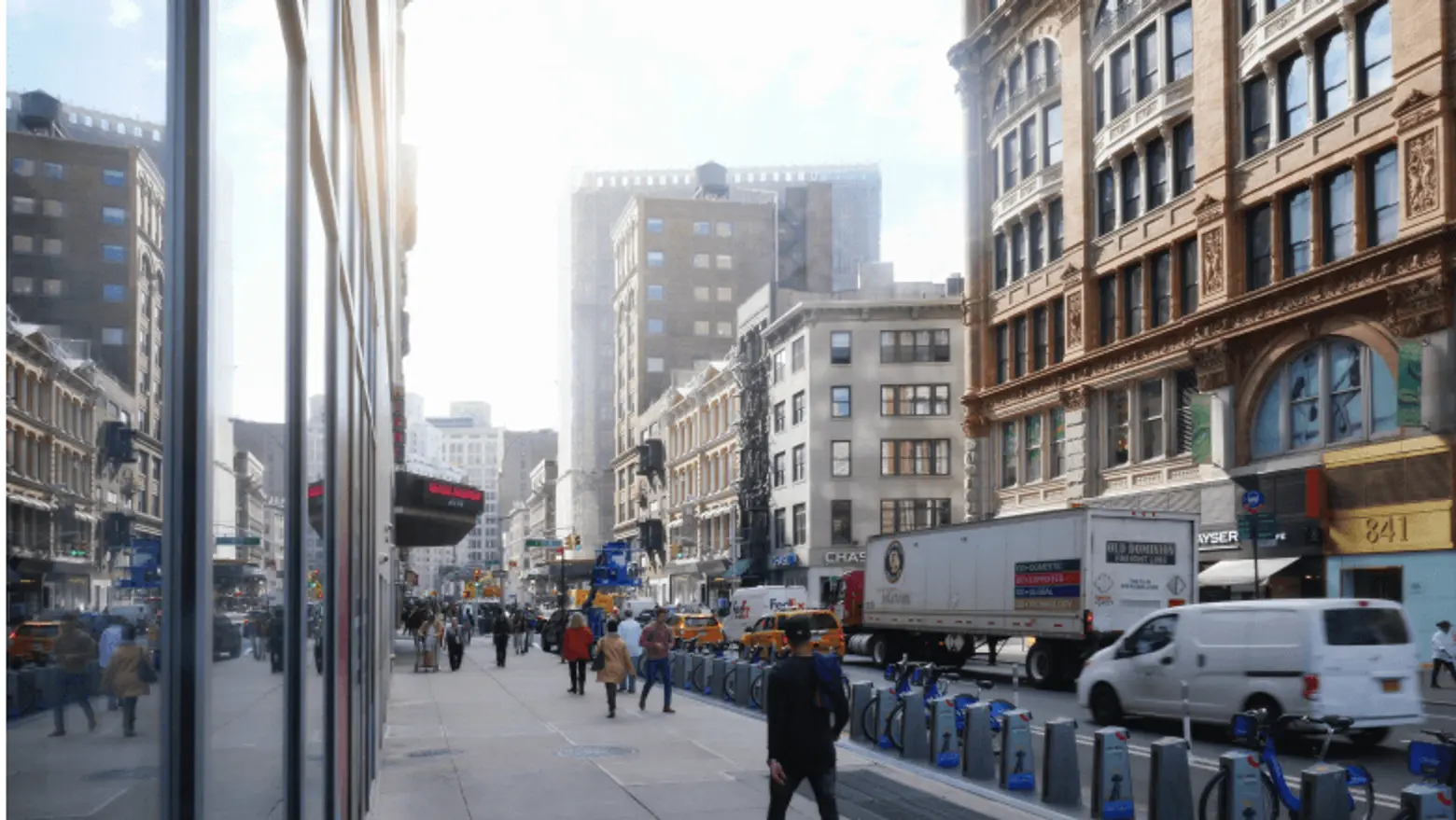
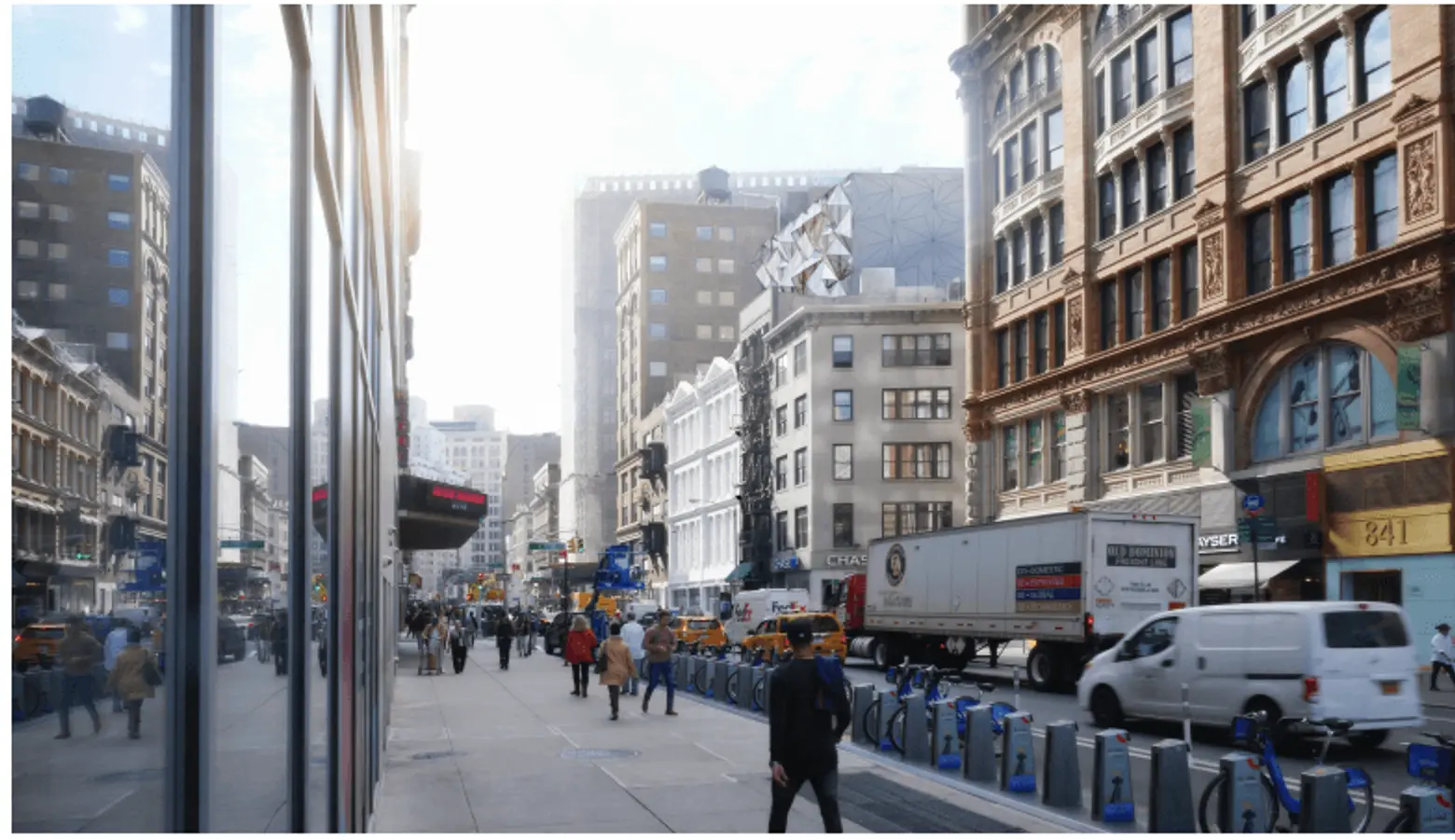
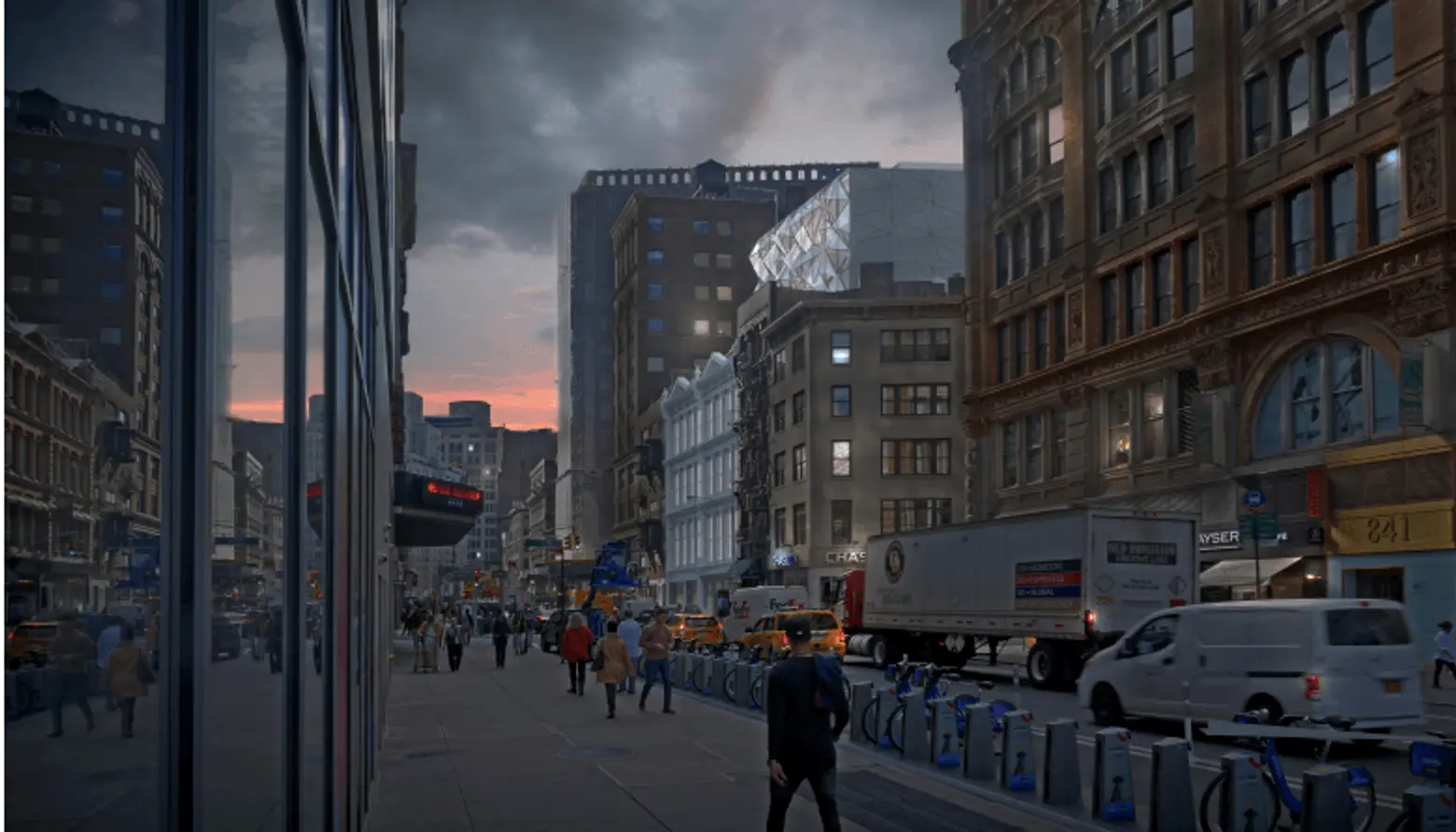
The owner had previously claimed that he’d file for “hardship” if the buildings were landmarked in order to demolish them or add on. However, as GVSHP points out, this claim is “undercut” by what looks like quite a pricey addition. The LPC does allow “minimally visible” additions–typically the rule is that they should not be visible from the street–but they will approve larger proposals if they’re deemed “appropriate.” In this case, several commissioners felt the addition was too “glitzy, “drawing too much attention to its self and away from the original architecture below. Many also felt the two structures are at odds with one another.
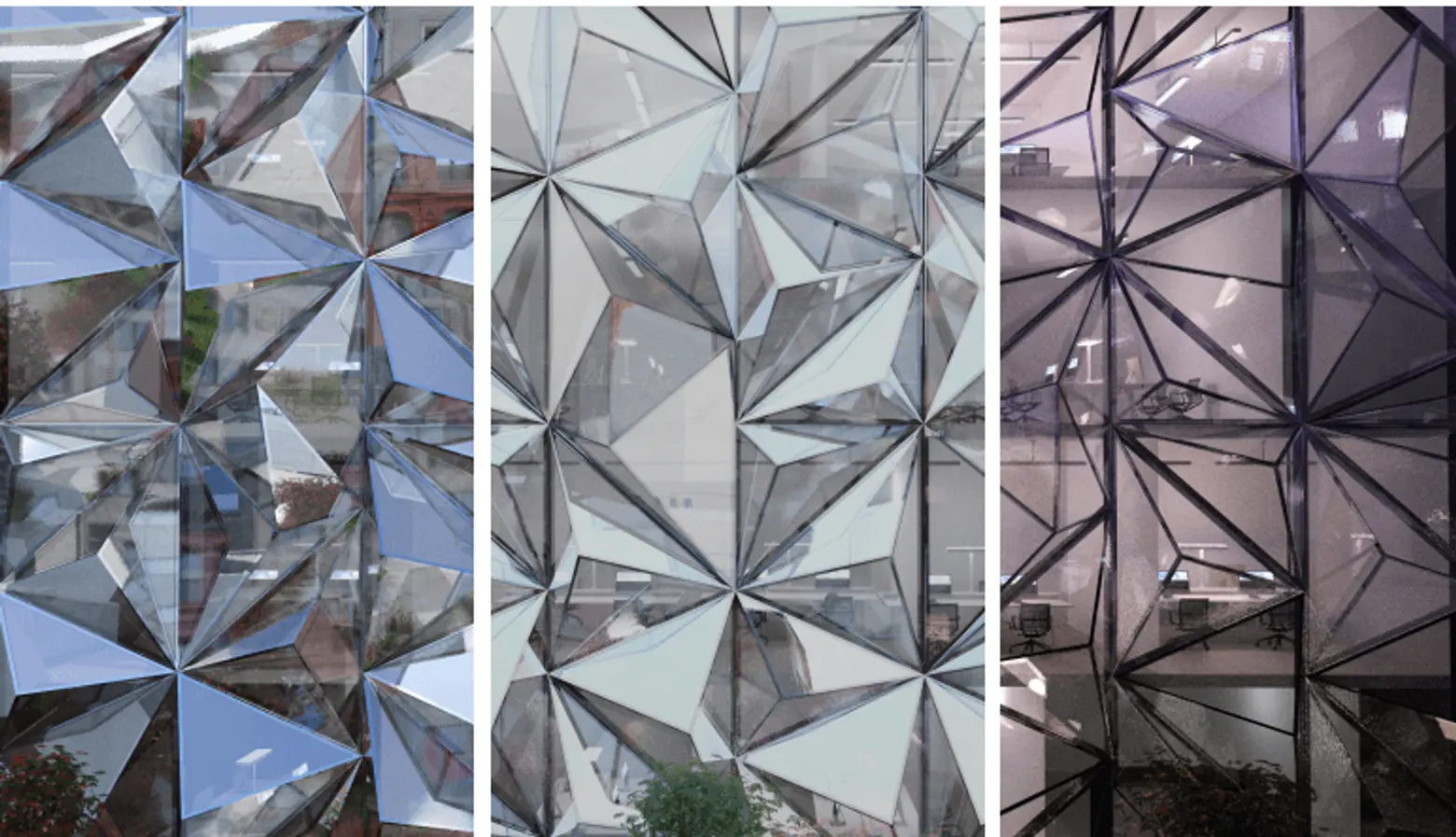
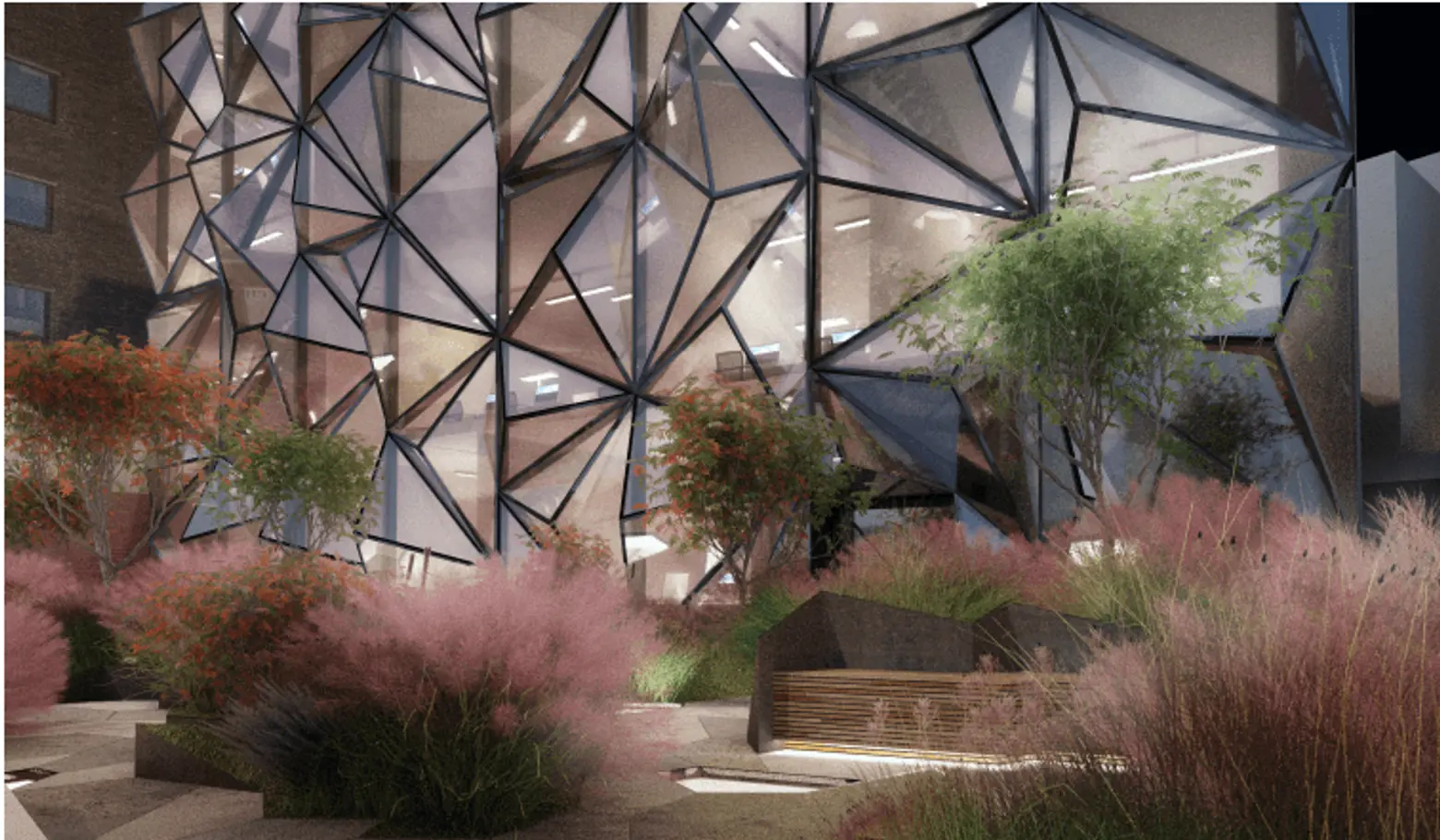
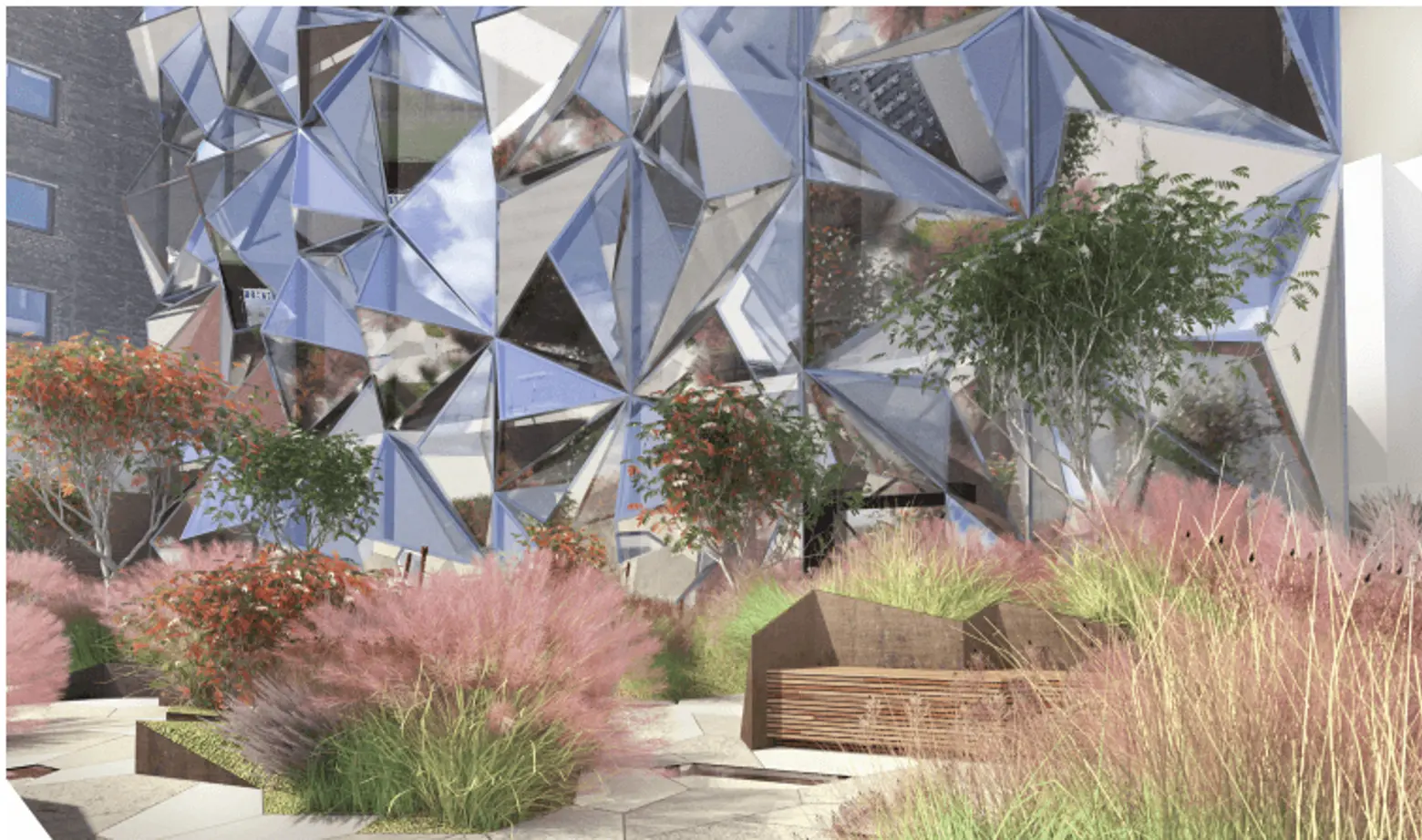
Ultimately, the LPC concluded that there was something positive about the proposal and with a farther setback and taking some of the shine out it could win approval. In a statement to 6sqft, Andrew Berman said, “We are gratified that the LPC agreed that the proposed addition was too busy and too overwhelming in relation to these landmarked historic buildings. We are also glad that the Commission agreed that the developer’s contention that the 1866 buildings were ‘cultural landmarks only’ and therefore the relationship of the proposed addition to their architecture did not matter was incorrect.”
A new hearing date has not yet been set, but you can view DXA’s full proposal here >>
RELATED:
- DXA Studio proposes prismatic glass addition for Willem de Kooning’s former Union Square home
- From Willem de Kooning’s loft to the threat of the wrecking ball: The history of 827-831 Broadway
- New Domino Sugar Factory renderings show barrel-vaulted glass topper and taller towers
- First look at proposed Greenwich Village tower by Robert A.M. Stern
Renderings via DXA Studio
